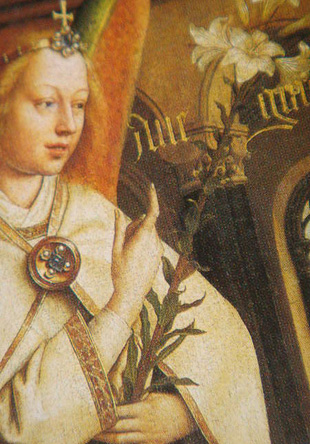“IN THE HIDE-OUT OF A FOREIGN WORLD” - THE CREATION AND TRAJECTORY OF THE EXPERIMENTAL THEATER OF THE BLACK
Keywords:
Teatro brasileiro, Teatro Experimental do Negro, Teatro negro no Brasil.Abstract
Until the nineteen forties decade, the Negroes in the Brazilian drama wererepresented, even when taking up major parts, throughout some stereotyped characters and
caricatures inherited from the slavery period. Between the end of the nineteenth century and the
beginning of the twentieth, the feminine negro character so many times appears in dramatic parts
like the “mulata” beautiful and sexy (with good dancing skills and body performance), the “babá”
(wet-nurses regularly black, thick lips and fat, confidant, tearful and helpful), the “bahiana macumbeira” (normally in voodoo style, seller of grocer's shops, dressing wide skirts, sewed smock,
turban, necklaces and local baubles), the “black old lady” (old African having knowledge of ancient
secrets), and the masculine characters like the “smart young black” (a lodger of the Brazilian ‘greathouse’),
the “fool” (lacking intelligence, lout, ignorant and idiot), the “father John” (mostly old
black, docile submissive and conformist). Around nineteen forty-four, there is within Rio de
Janeiro the foundation of a new drama group, created by black actors intended to revise the stage
tradition for representation of race, bringing to stage different works related to African-Brazilian
culture subjects, to the racism conflicts and the Negroes stigma. It was the Negroes Workshop
Theater (“Teatro Experimental do Negro”, TEN). The present article intends at to describe the
creation process and a summary of the trajectory of the group.
Downloads
Downloads
Published
How to Cite
Issue
Section
License
Creative Copyright Notice
Policy for Free Access Journals
Authors who publish in this journal agree to the following terms:
1. Authors keep the copyright and grant the journal the right of first publication, with the work simultaneously licensed under the Creative Commons Attribution License, which allows sharing the trial with acknowledgment of authorship and initial publication in this journal.
2. Authors are authorized to take additional contracts separately, for non-exclusive distribution of the work version, published in this journal (eg publish in institutional repository or as a book chapter), with acknowledgment of authorship and initial publication in this journal.
3. Authors are allowed and encouraged to publish and distribute their work online (eg in institutional repositories or on their personal page) at any point before or during the editorial process, as this can generate productive changes, as well as increase both impact and citation of the published trial (See The Effect of Free Access).
Creative Commons License
This work is licensed under a Creative Commons Attribution–NonCommercial-shareaswell 4.0 International License, which allows you to share, copy, distribute, display, reproduce, completely or part of the work, since there is no commercial purpose, and authors and source are cited.



